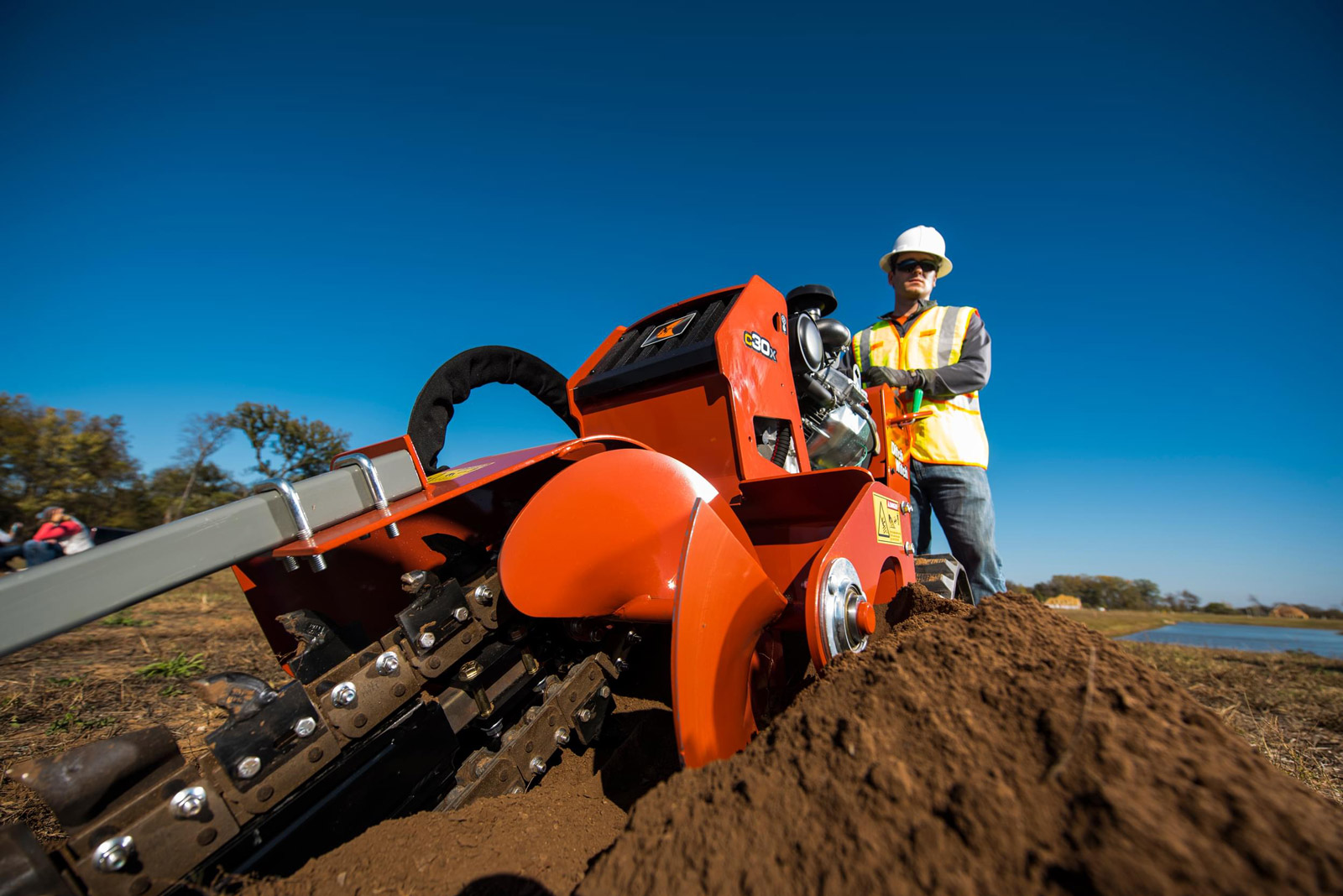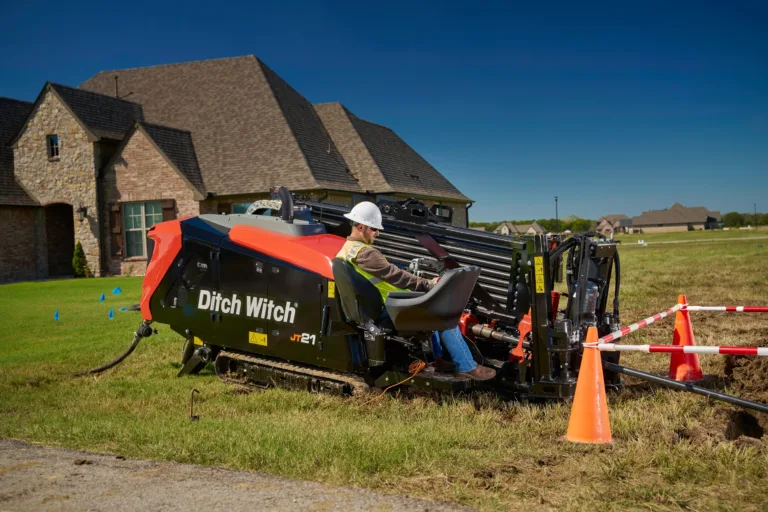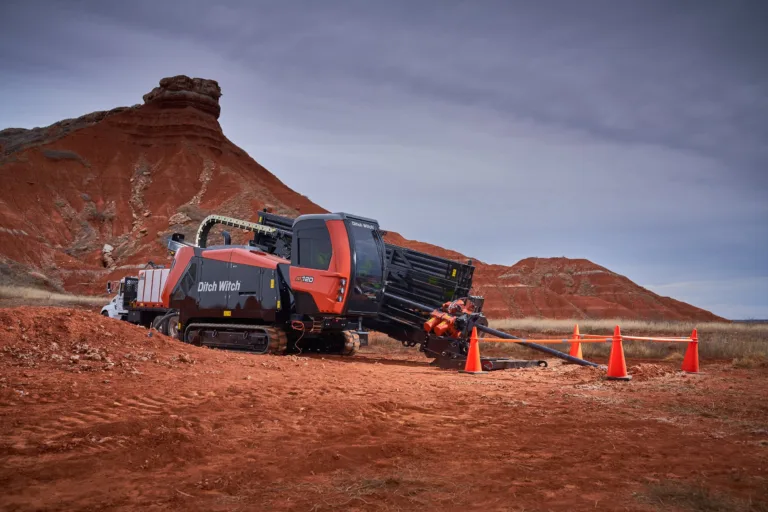Trencher Attachment Maintenance: Five Mistakes to Avoid When Keeping Digging Systems in Top Working Order
By Scott McKinley
The productivity of trencher attachment digging systems can be directly tied to the health of their chain, teeth and sprockets (CTS). These are the workhorse parts on equipment like stand-on tool carriers and pedestrian trenchers, and keeping them in top working condition can improve your efficiency and uptime on the job. Yet, CTS maintenance needs aren’t always obvious. Different parts can wear out more quickly than others, and it can be difficult to know what visual clues to look for to determine when it’s time to replace certain parts. To protect the health and performance of mission-critical CTS parts, make sure you’re avoiding these five mistakes.
1. Identifying the Wrong Equipment for the Job
This may seem almost too obvious to mention. However, equipment that’s pushed beyond its intended performance capabilities is a top cause of CTS wear and tear. Using equipment that doesn’t hold up to the job, or chain and teeth that aren’t right for the ground conditions, can lead to increased wear and tear on the CTS system and the equipment and ultimately higher downtime. Before any job, make sure you understand the performance limitations of your equipment and correctly match the CTS system to the job’s ground conditions. This will help you keep the equipment in prime working condition.
2. Using the Wrong Tooth Configuration
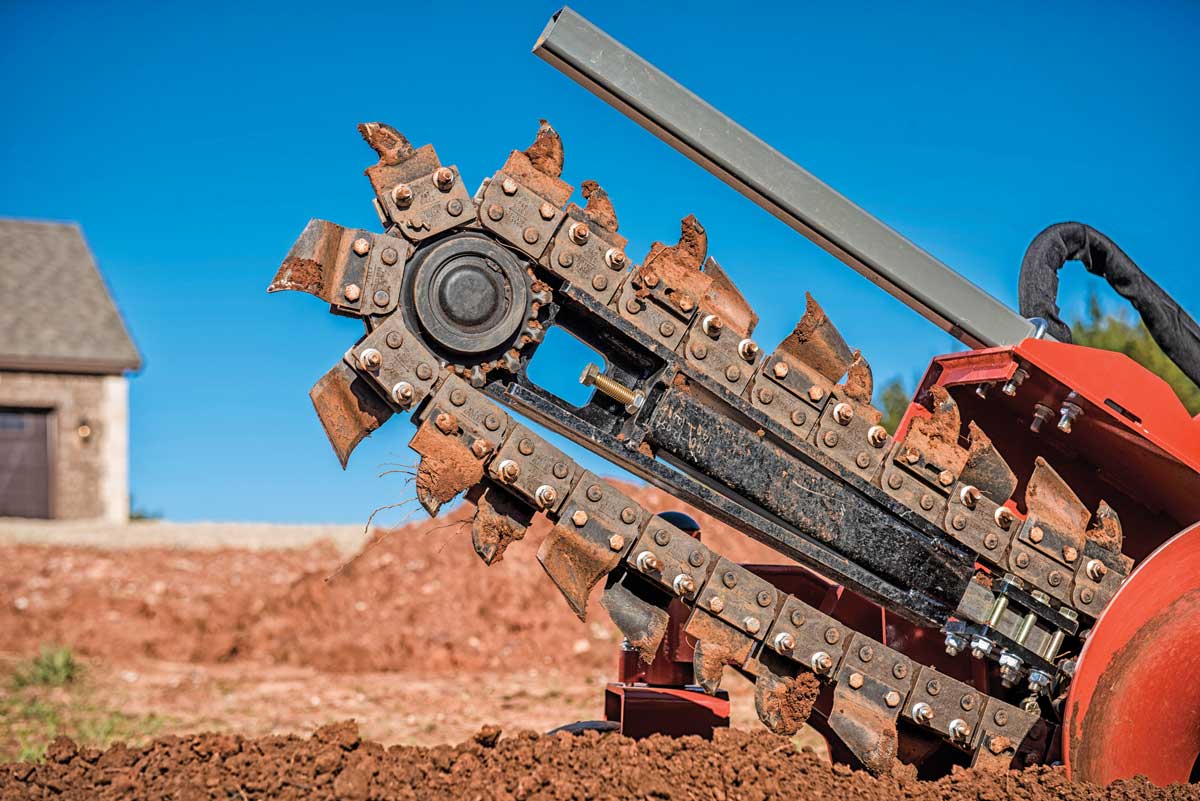
Using the wrong teeth for a jobsite’s soil or environment can hurt your equipment and your productivity. Several teeth options are available to meet different jobsite demands. A cup tooth, for example, is a standard utility tooth. It has a scoop-style shape, making it ideal for use in soft and medium soils. A shark tooth is a sharper tooth with carbide on the end that slices through tough soils. This tooth is best suited for jobsites with medium, hard and rocky soils, as well as frozen or frosted ground. An alligator tooth is a rotating tooth, which means that the teeth on the digging chain strike different parts of the soil during the digging process. This tooth should be used on jobsites with hard and rocky conditions.
3. Ignoring Teeth Condition
Not regularly checking the teeth on your digging chain and replacing those that are broken, fractured or showing signs of wear can reduce equipment efficiency and cause downtime. Cup teeth can lose their hard surface through natural wear and tear. In cases of extreme wear, the tooth will shear off, which can drastically impact productivity. You can identify excessive wear at the widest part of the cup tooth, where it will begin to wear into the body of the tooth.
For shark teeth, look for chipped or fractured carbide. You should also inspect the tooth below the carbide, because the material will wear away and could cause a fracture. When using alligator teeth, watch out for teeth that stop spinning. It could mean dirt or a rock is stuck in the teeth. If the issue persists, it could result in excessive wear on the side of the tooth that’s always cutting. By catching this issue early, you can simply replace the bit inside the holder instead of replacing the entire component.
4. Not Monitoring Roller and Sprocket Wear
Other components that you should vigilantly monitor for wear are a digging system’s rollers and sprockets. Chain rollers are the main wear component on a digging system and should be inspected often. If they start to resemble an apple core, or if the pin becomes visible, they need to be replaced. When inspecting rollers, it’s also a good idea to look at the sprockets. They should be replaced when their teeth start thinning. Because sprockets and chains should be matched up properly to ensure the longest life, it’s typically best to replace them together. An old chain running on new sprockets will cause premature sprocket wear, while a new chain running on old sprockets can cause chain failure.
5. Using Improper Chain Tension
Improper chain tension can accelerate the frequency of equipment issues. Loose chains on a trencher, for example, will slap the top and bottom of the boom and can bind up in the tail roller, resulting in unnecessary wear and tear on multiple components. Tight chains place unwanted strain on rollers, booms and sprockets, which can cause components to break or wear out faster than they should. To avoid these issues, regularly check the chain’s fit to make sure it has the proper tension as specified in the operator’s manual. Keep in mind that chain size varies with trencher size. Larger trenchers will have bigger chains that sag more than chains on smaller equipment.
A Little Effort Goes a Long Way
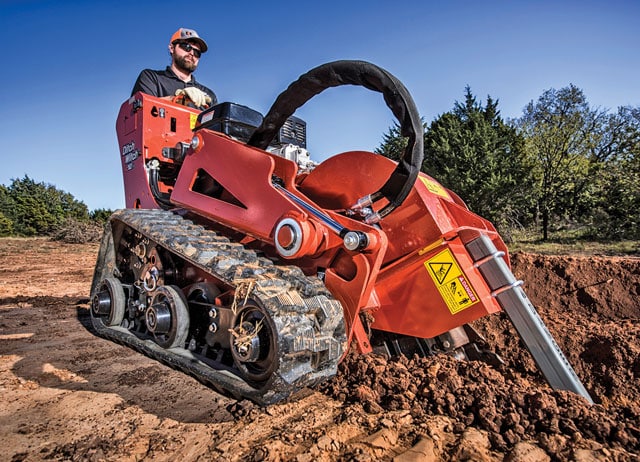
Proper use and maintenance of digging systems can require some added work in what are likely already busy days. Avoiding these five mistakes can save you big effort – and big money – down the road by keeping your equipment operating at optimal efficiency and helping you avoid unplanned downtime.
Scott McKinley is the digging systems product manager for Ditch Witch.
Article originally appeared in CompactEquip.com


